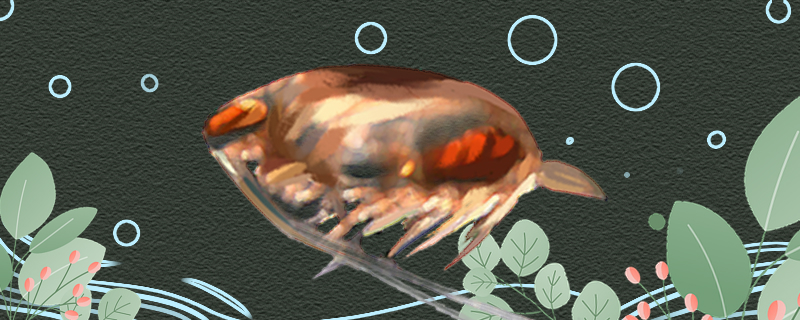
. Unicellular and multicellular are divided according to the number of biological cells. Unicellular organisms are unicellular organisms, and multicellular organisms are multicellular organisms. Because unicellular organisms have only one cell, their structure is generally relatively simple, and their life activities are completed by this cell, which undertakes a variety of functions. Multicellular organisms are different, they are composed of many cells, these cells may be different, there are many kinds, the life activities of this organism are shared by these cells, undertake different tasks, have different functions.
From this point of view, water fleas can be divided into multicellular organisms, because water fleas are composed of multiple cells, which work together to complete various life activities of water fleas. Water fleas are very different from common single-celled organisms, such as Chlamydomonas and Paramecium, which can not be observed with the naked eye, and their structures can only be observed with special tools. Water fleas, on the other hand, are small, but they can still be observed, and their body length generally ranges from 1 to 3 millimeters.
is the growth temperature of water fleas? Water fleas are sensitive to the surrounding water temperature, and they like to live in warm water. Living in a suitable temperature range can make the growth and development of water fleas better and reproduce faster. On the contrary, when the ambient temperature is not suitable, it may slow down their growth rate and even lead to their death. Specifically, the appropriate temperature range is between 18 and 25 degrees. The water temperature should not be too low, which may cause them to freeze to death. In addition, if the water temperature is too high, some water fleas will not adapt to living in a water environment higher than 28 degrees, and even if the temperature is too high, they may die. Therefore, if we breed water fleas artificially, we need to pay attention to keeping the water temperature in a suitable range.